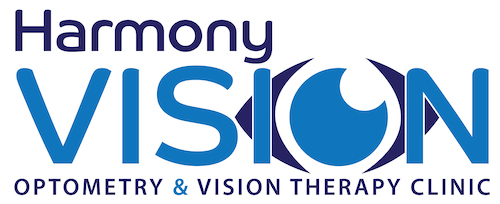Children’s Optometrist Gold Coast – 1 in 5 children
 1 in 5 children suffer with an undetected vision problem
1 in 5 children suffer with an undetected vision problem
(source Optometry Australia 2017).
This is an issue that is close to the hearts of the team at Harmony Vision Optometrists. We founded the practice to concentrate on providing an extended range of vision treatments to people of all ages, this inevitably lead to a strong focus on children. Why?
Vision, Balance, Vertigo and Dizziness
I had the opportunity to head to Portland, Oregon USA recently to attend a meeting on the multidisciplinary care of patients with dizziness. It was a long way to travel in a short space of time, and so I was taking a gamble on the quality of the meeting. This has been an interest of mine for a long time for both personal and professional reasons as I have been involved in the visual rehabilitation of patients for many years. It turns out that the trip turned out to be a success, the meeting was excellent.
Reading Glasses For Your Children
“Not Just for Old People!”
Most people associate glasses with aging eyesight, and many also mistakenly believe that wearing glasses can make their eyes weak, or dependent on them. However, glasses carefully prescribed for reading when someone is young and that been diagnosed with focusing problems can actually make life easier during study and work.
Can’t See 3D?
 Why the 3D experience can be a little “flat” or uncomfortable for some people…
Why the 3D experience can be a little “flat” or uncomfortable for some people…
“Why can’t I see in 3D?”
“I get headaches from 3D movies”
“I see fine, but why does 3D make me feel that way?”
What can I do if my child is shortsighted?

What can I do if my child or teenager is shortsighted?
Myopia or shortsight is an increasing vision problem worldwide and it is no different in Australia. Traditional corrections like sight correcting lenses do not slow down the increases, and recent studies indicate that in some individuals the progression may even be greater in glasses compared to no glasses at all. The important thing to understand is that progression occurs with and without glasses and can result in more serious eye health consequences in adulthood.
